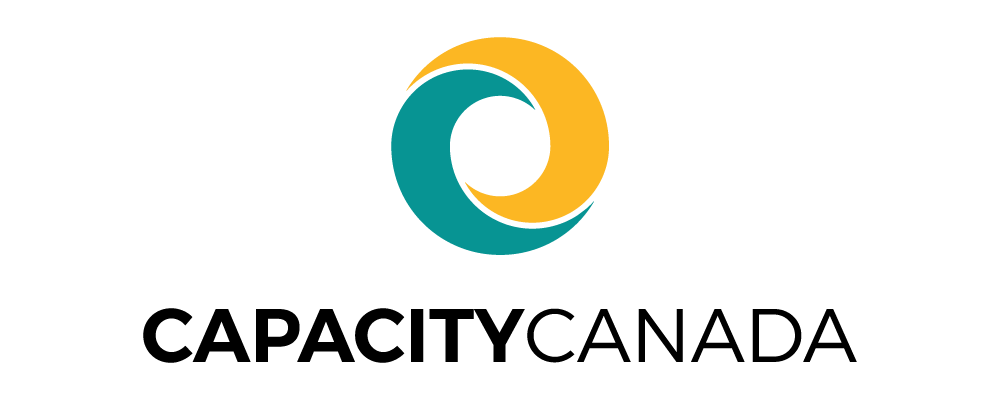|
Getting your Trinity Audio player ready...
|
By Jo-Anne Gibson, Capacity Canada executive in residence
Leadership — we hear this word all the time. “They are a great leader” “People need to develop their leadership skills.” “We need someone with leadership qualities.”
What does this really mean?
There are many perspectives of what leadership is, and what traits make a great leader. It is not about position, power or role. We can all think of someone who has a leadership position, but isn’t necessarily a leader.
Leaders inspire, motivate and empower others. Leaders are authentic and intentional. Leaders are courageous. Leaders enable and take action.
Leadership is a mindset, a way of being in all aspects of life. Leaders know who they are, what their values and beliefs are, and what they stand for. This allows them to lead. It gives them courage to stand out, support others, take risks, make decisions and take action.
This in itself inspires and motivates others to do the same.
Why is this important? Social-profit boards need directors to be leaders: fully engaged individuals who show up, develop strategic direction, manage and monitor performance and risk and govern the organization.
This can be both a challenging and rewarding role for volunteers.
How can board members demonstrate leadership within the organization?
- Inspire and motivate others. Show energy and commitment to the vision and mission of the organization. Build relationships of trust by talking to people – and listening.
- Be courageous. Take risks, speak out and stand up for what you believe. Ask questions if you don’t understand. Share thoughts and comments.
- Show integrity. Lead yourself according to the values of the organization. Act ethically. Speak with honesty and do what you say you will do.
- Think strategically and drive results. Be future focused on what is best for the organization, not individuals.
- Focus on relationships. Develop your emotional intelligence. Guide your behaviour by tuning into your own emotions, and those of the people around you.
- Welcome diversity in thinking, experience and opinions, as it leads to engagement and better decision-making. Create a positive environment for teams to work together.
How does your leadership ability measure up? Is there a skill you want to develop? If so, what is the first action you need to take?
Remember, leadership is not a destination. It is an ongoing journey of learning and change.
Jo-Anne Gibson works on the Capacity’ Canada’s MatchBoard partnership with Manulife. She is passionate about individual leadership development.


